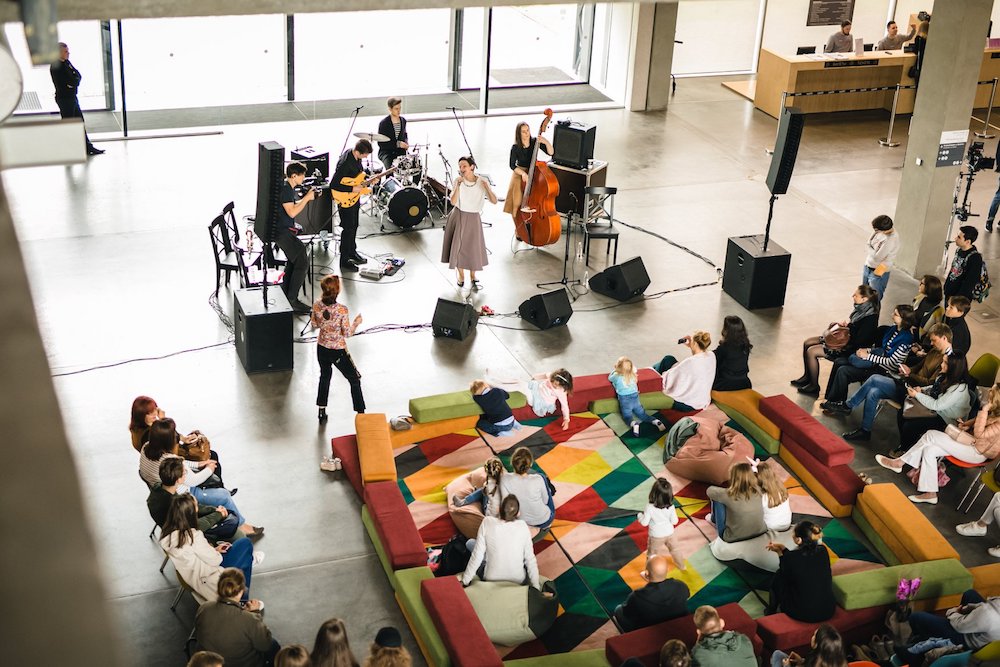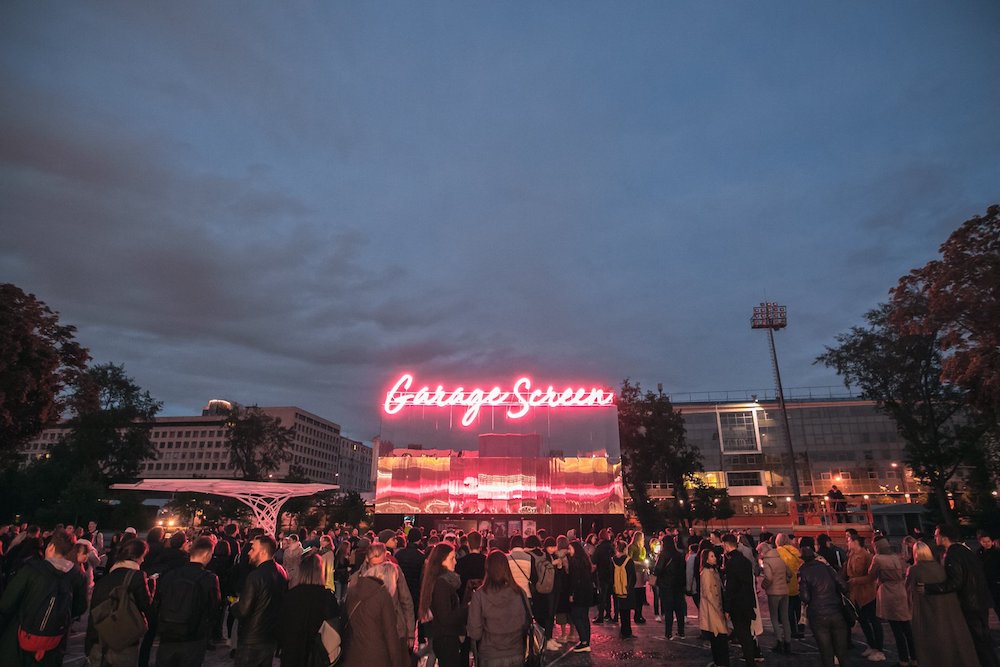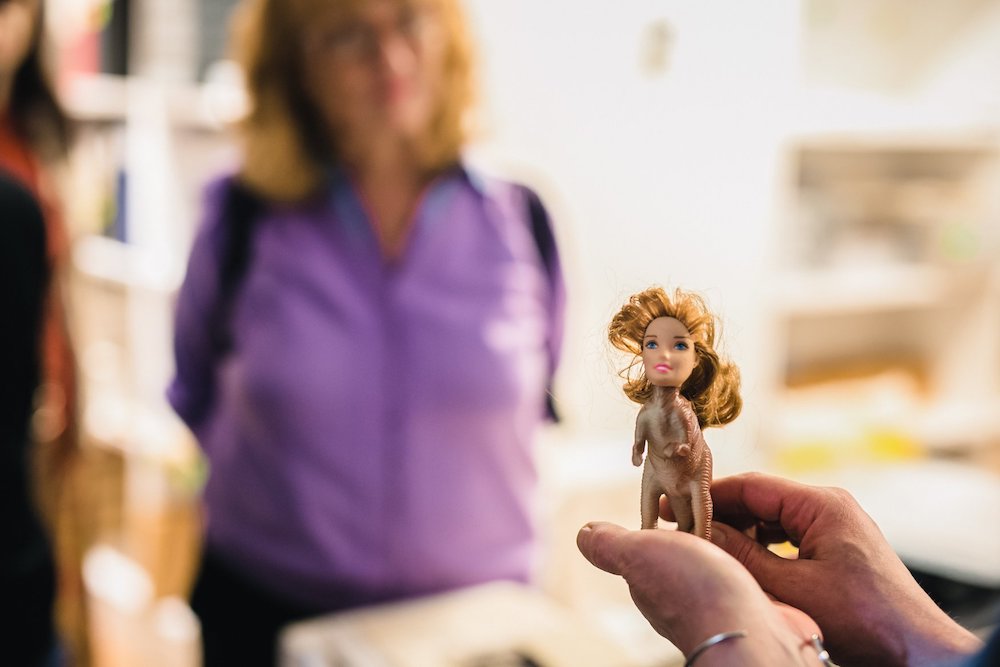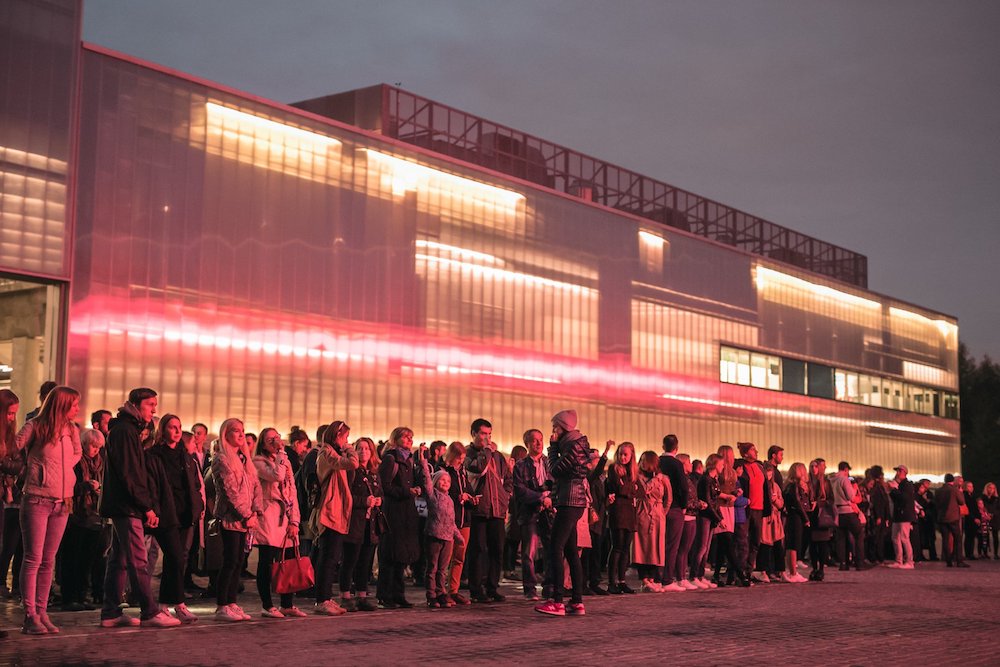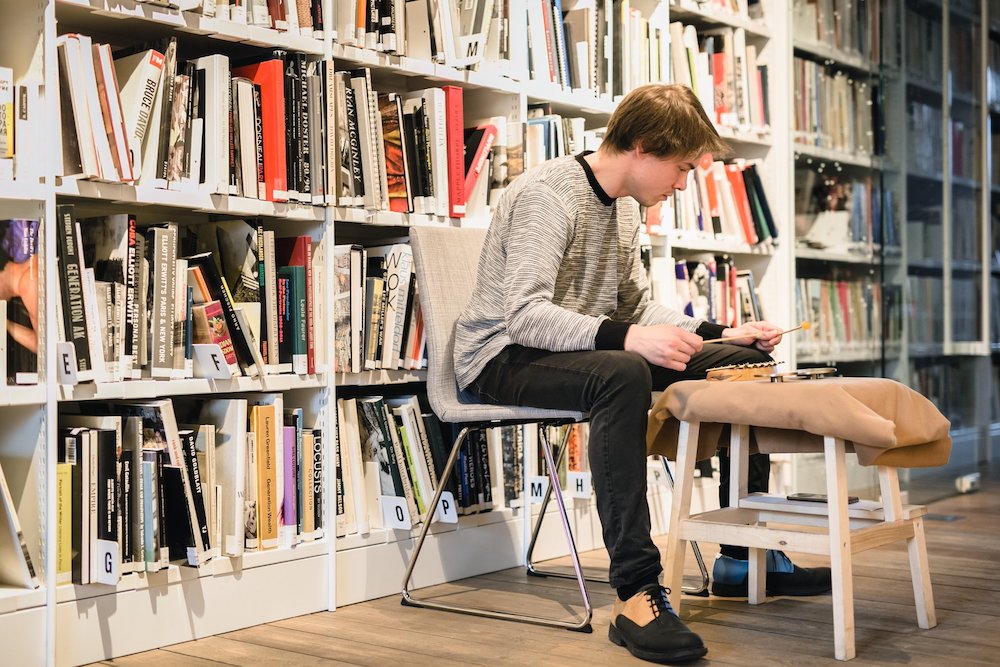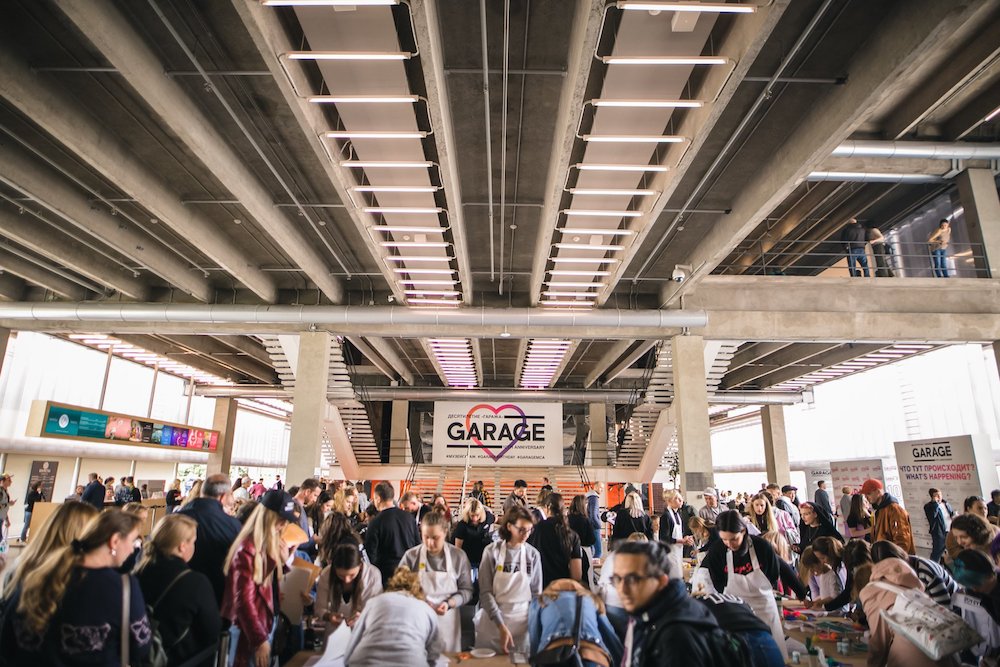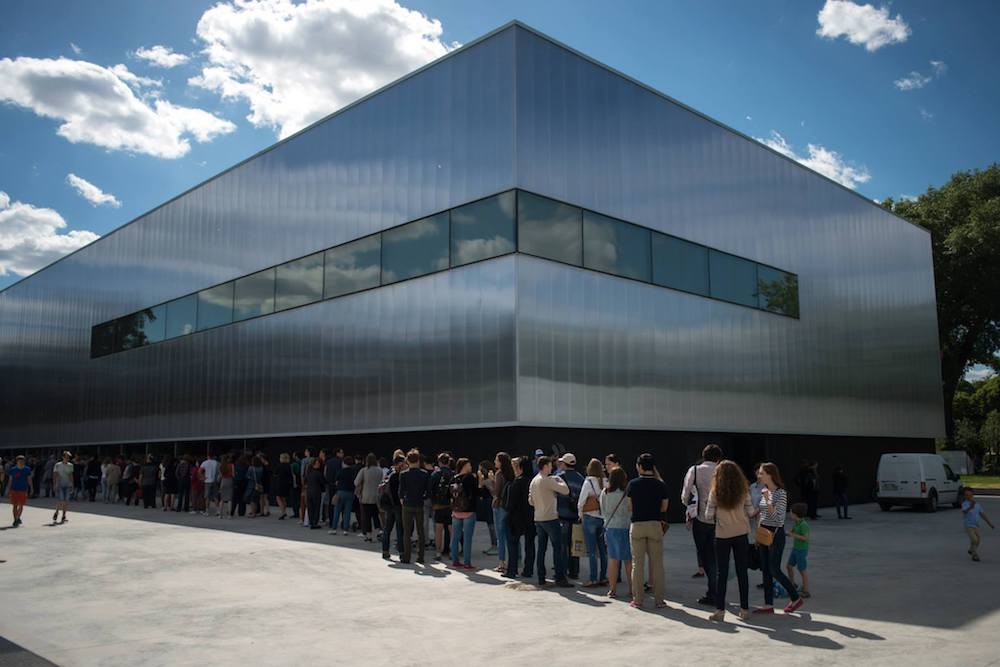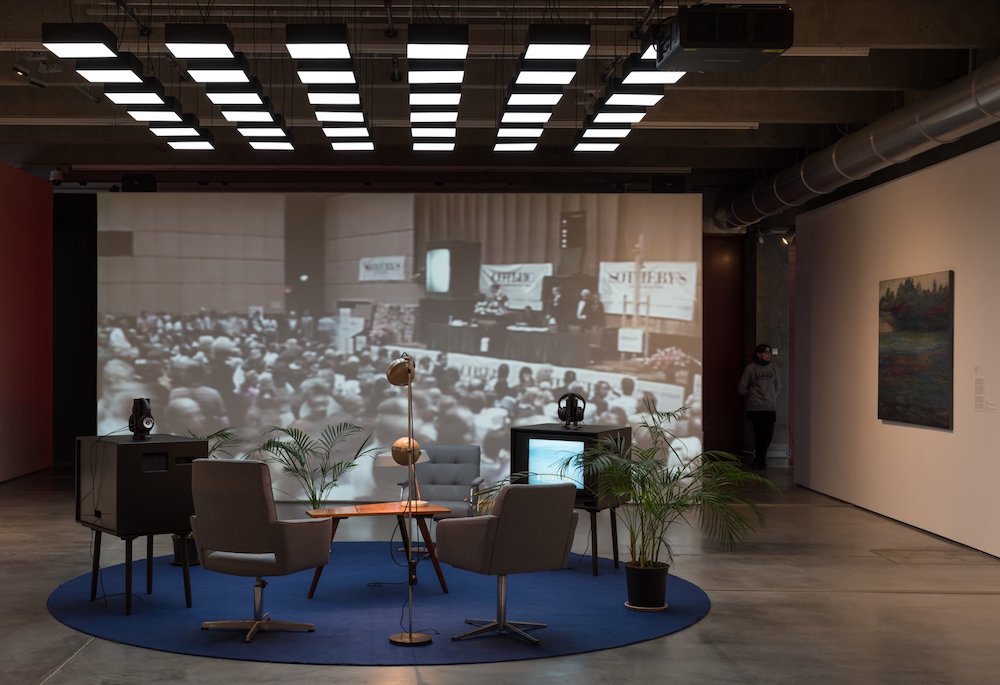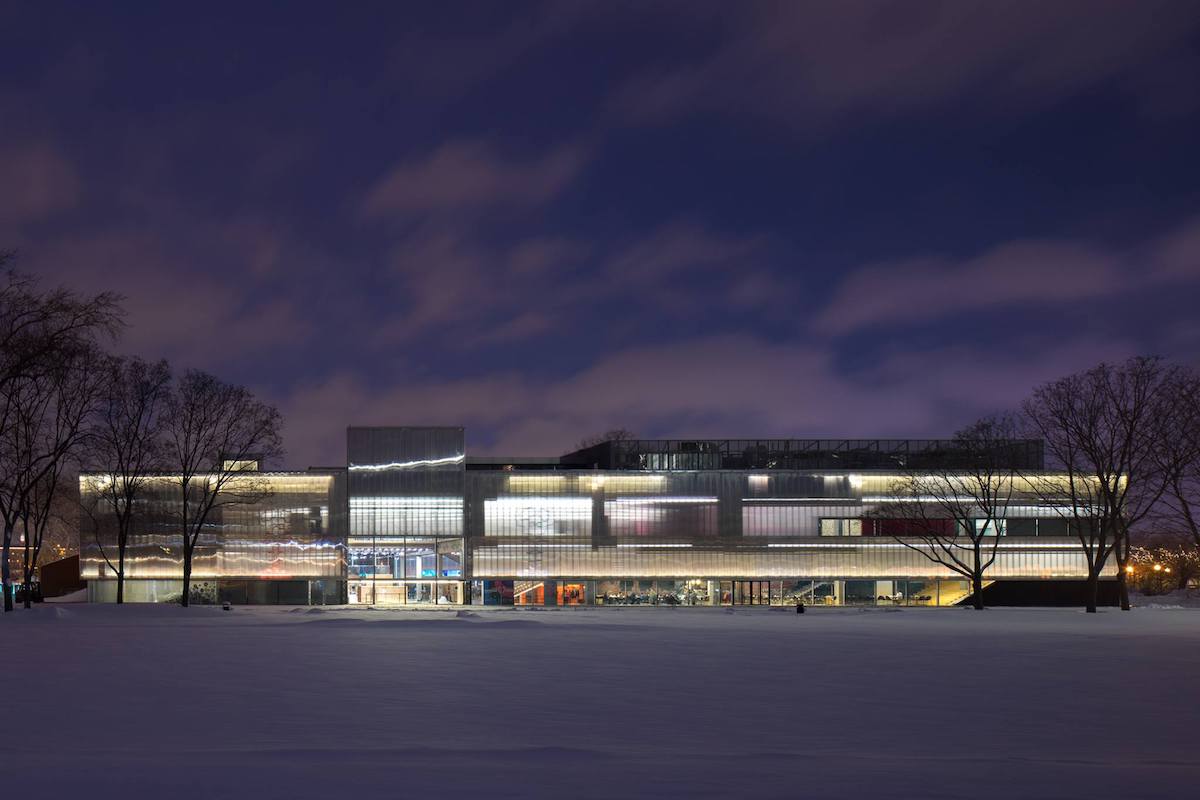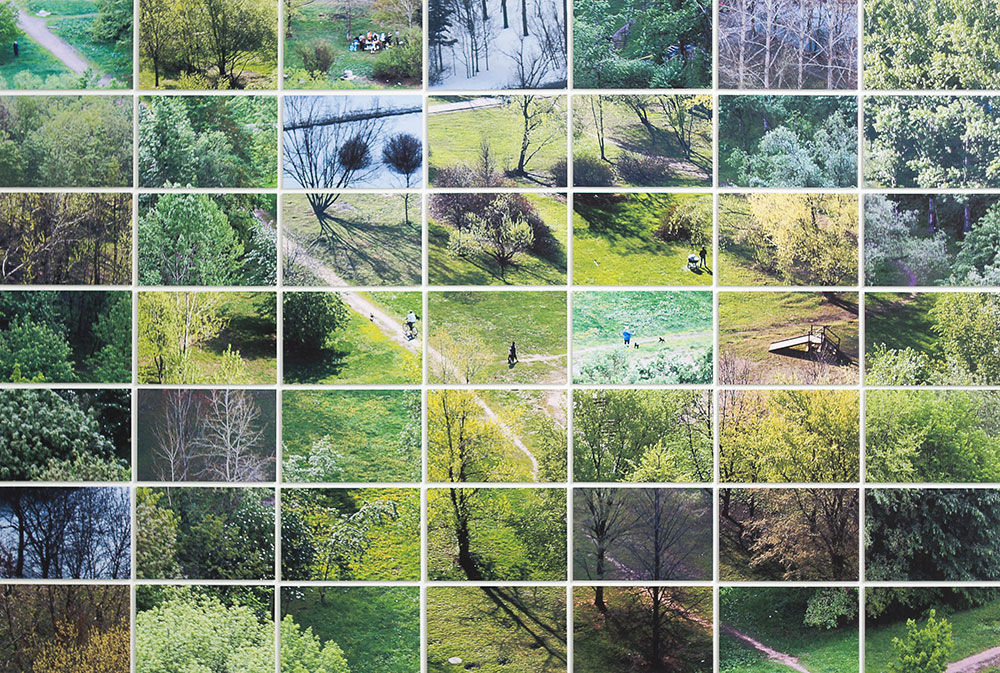10 years of Garage: how Russia’s leading contemporary art museum changed the art world
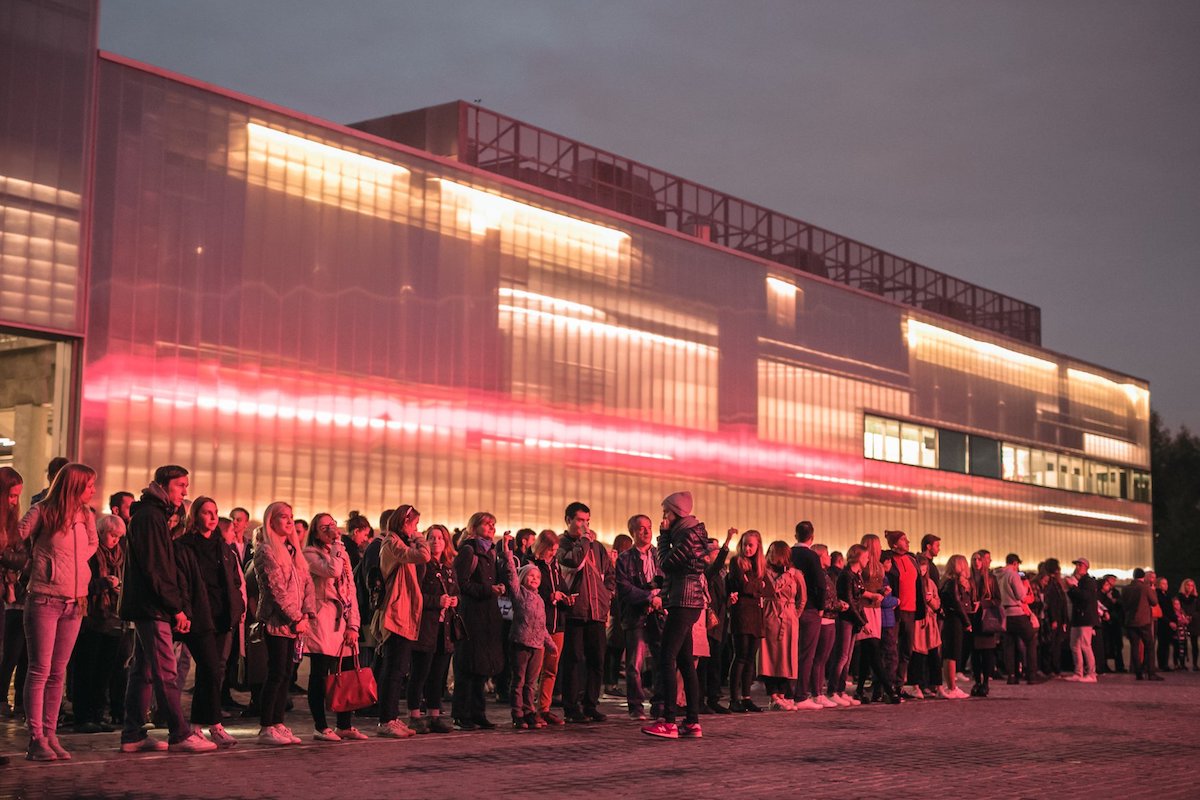
Set-up by Roman Abramovich, one of Russia's richest people, the Garage Museum of Contemporary Art in Moscow is currently marking its 10th birthday. But what has this new powerhouse of the Russian art world achieved and is it anything more than a slick business venture?
When billionaire Roman Abramovich and his then long-time partner, Daria Zhukova, established the Garage Centre for Contemporary Art (as it was called then), it was just the last in a series of big, new private institutions trying to transform Russia’s cultural landscape. Garage was preceded by contemporary art foundations like Ekaterina (founded in 2002), Stella (2003) and Winzavod (2007), and was followed in 2009 by V-A-C. But as the others have fallen away, Garage and V-A-C have become key players in the contemporary art world.
In many ways, anything is possible for the Garage Museum of Contmporary Art (as it is now called). Based initially in Moscow’s Constructivist Bakhmetyevsky bus depot, Garage tried to present itself from the outset as a force to be reckoned with. It opened in summer 2008 with a show of the world famous Soviet-born artists Ilya and Emilia Kabakov and a performance by Amy Winehouse. It went on to stage the third Moscow Biennale, curated by Jean-Hubert Martin (Against Exclusion, 2009), retrospectives of Marina Abramović and James Turrell, the world’s third screening of The Clock by Christian Marclay and exhibitions of Mark Rothko, Antony Gormley, Carsten Höller and William Kentridge.
Many thought Garage was respectable and rigorous enough to be loved. Even art critic Ekaterina Degot, usually critical of private institutions, wrote after the opening that “it seemed as if our wildest dreams were coming true.”
Garage has always been obsessed by “blockbuster” shows — something its director Anton Belov makes a point of highlighting in nearly every interview he gives. The atmosphere of 2000s and early 2010s — conspicuous consumption and a flowering of luxury culture — made this sort of strategy possible. But as time went by, Garage started transforming. It wasn’t “just fun” for Abramovich and Zhukova. With Abramovich reluctant for his venture to burn through his money, about a year after its founding, the art centre adopted a business model, beginning to rent out its space for corporate events and calling on its curators to produce just two types of exhibitions. Besides blockbusters, they put on populist — sometimes even superficial — shows, usually targeted at a younger generation.
Garage has always been obsessed by “blockbuster” shows — something its director Anton Belov makes a point of highlighting in nearly every interview that he gives
As a flagship for commercialisation, Garage has been heavily criticised for many years. But many of their projects were reasonable, even progressive. In one example, they bought an archive of Russian contemporary art, which quickly grew into a conference department producing landmark research-based projects like Open Systems. Self-Organised Art Initiatives in Russia: 2000–2015. This venture helped independent artists to understand themselves, even when some started to confront Garage as part of the process.
In another example, Garage let critical and independent curatorial practices into the museum. In its temporary home in Gorky Park constructed by Japanese architect Shigeru Ban, Garage created a project room – a sort of art laboratory. And in 2014, they used this space to show a left-wing take on conspiracy culture (Shadow of a Doubt curated by Ilya Budraitskis and Maria Chehonadskih) and a controversial exhibition about the art scene in the Caucasus (Untitled… (Native Foreigners) curated by Andrey Misiano).
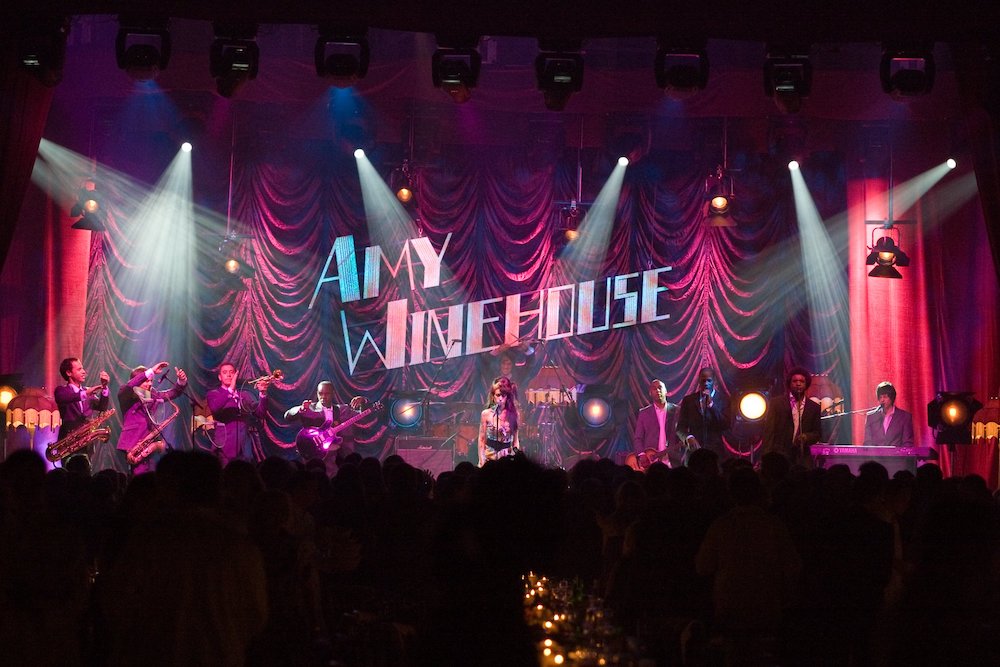
When Moscow was shaken by huge anti-Kremlin demonstration driven by the urban middle class in 2011 and 2012, it provoked a two-pronged reaction by the state: the protests were shut down and the city authorities began championing renovated public spaces, especially museums. In this changed environment, Garage was one of a few private players still able to operate as a more or less equal partner with the state. In one notable intervention, brutal criticism from Garage director Belov led to the abandonment of a state-led plan to create a new national museum under the aegis of the National Centre for Contemporary Art. In the eyes of the Russian art community, Garage became an insitution capable of standing up to the state. Perhaps more importantly, Garage was still listened to in the corridors of power and was, on occassion, able to talk sense at officials responsible for culture.
In a more transactional interaction with the state, Garage offered consulting services to public institutions on how to create a good bookstore or a museum cafe. This demonstrates how Garage’s existence follows the logic of leisure. It’s more about shaping an atmosphere and a community – a creative atmosphere and a community of so-called “new urban people”. Both these ideas are problematic and ambiguous but Garage has successfully managed to create something tangible — and sell this model to other institutions.
Garage has always struggled with Russian shows. Even after the 2015 opening of Garage’s new building in Gorky Park (designed by Rem Koolhaas and based on the 1960s restaurant Vremena Goda), many of the museum’s programs continue to be based on shows “imported” from abroad. The museum has real problems producing its own exhibitions. The Triennial of Russian Contemporary Art in 2017 was a predictable disaster. The fault was not so much that of the curatorial team: they did their best under the circumstances. The problem was that the symbolism of contemporary Russian art is not valued. There are ways to change this, but the organisers failed.
There have been at least three shows that were undeniable landmarks for the Russian art world (although, of course, they were all about money). The first was the Rothko show in 2010 at which the paintings were guarded by men with assault rifles — making it fantastically obvious that Garage was the place where things became really valuable.
In the wake of the 2011 and 2012 protests, the city authorities began championing renovated public spaces, especially museums
The second show was Personal Choice: Collectors’ Selections from Their Own Collections (2014), curated by Yulia Aksenova. It was made up of objects from 23 collectors (all Russian oligarchs) who chose an artwork from their private collections (and Aksenova, as a figure of ultimate expertise, confirmed them as important art pieces). This reminded of medieval European monarchs who showed off their power and wealth by displaying their artworks on the main square of their capitals so every citizen could see how magnificent they were.
The third landmark exhibition was earlier this year. It was a show dedicated to the 30th anniversary of the first big art fair in the Soviet Union, which took place in 1988. Called Bidding for Glasnost: Sotheby’s 1988 Auction in Moscow and curated by Vika Dushkina and Andrey Misiano, it was a documentation of that dubious triumph of the Russian art market. Garage used it as a symbol of a glorious past, hinting that today’s museum was its rightful successor. That’s a pretty fair representation.
